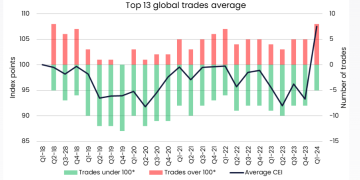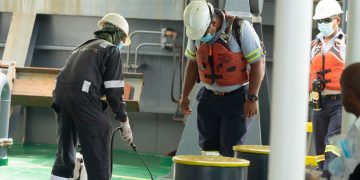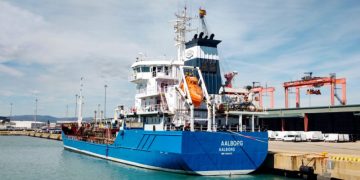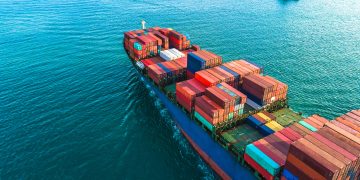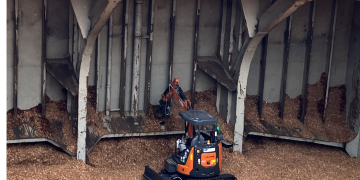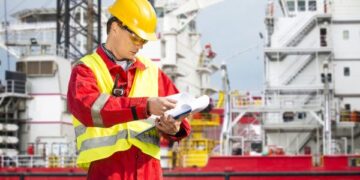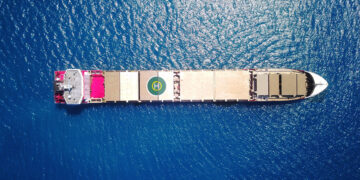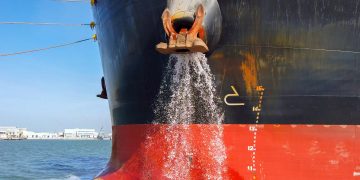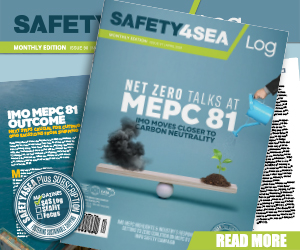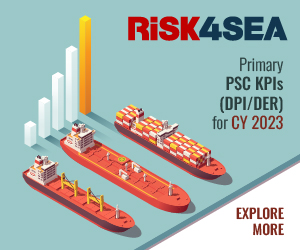Total’s Elgin Platform Gas Leak: Rough Seas And Heavy Wind Could Thwart Company’s Efforts
Total to move drilling rigs from two nearby fields Total faced rough seas and heavy winds on Monday as the oil and gas company prepared to send men and machines to battle a leak at its Elgin platform in the North Sea that has spewed gas into the air for over a week.The French company, which is spending $1 million per day on efforts to plug the leak, plans to move drilling rigs from two nearby fields, fly staff to the platform if it is deemed safe and send two underwater inspection vehicles to check where best to drill relief wells, Total said on Monday."Both (inspection) vessels are currently awaiting optimum sea conditions before they can be deployed," Total said, raising concerns that relief operations will be delayed as Met Office forecasts showed even stronger wind levels for Monday afternoon.The company is expected to fly its own staff to the platform within the next few days, industry sources told Reuters.If a first visit to the platform is successful, Total plans to fly out more engineers by the end of the week to begin injecting mud into the well to stop the gas leak, the industry sources said.Workers are expected to ...
Read more




